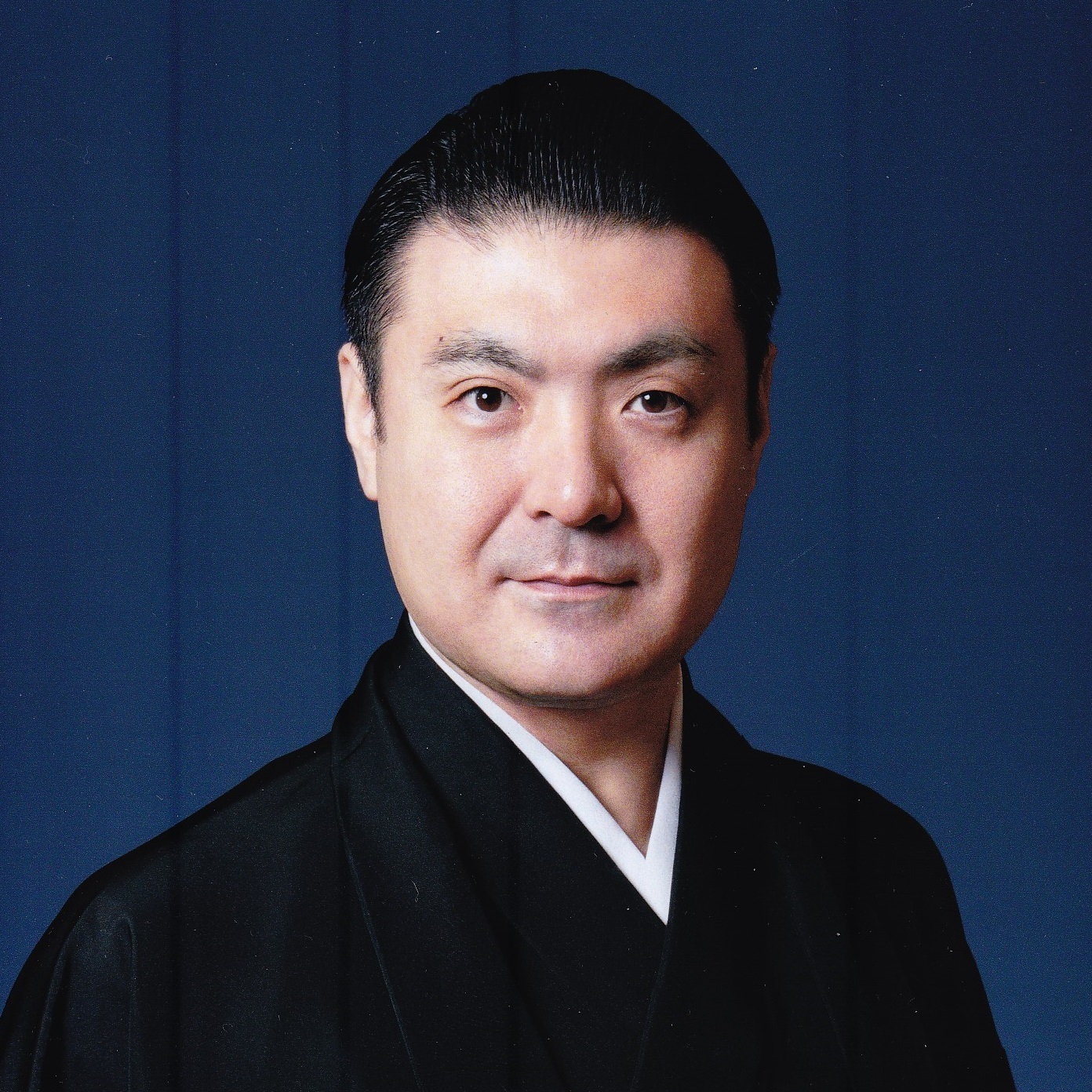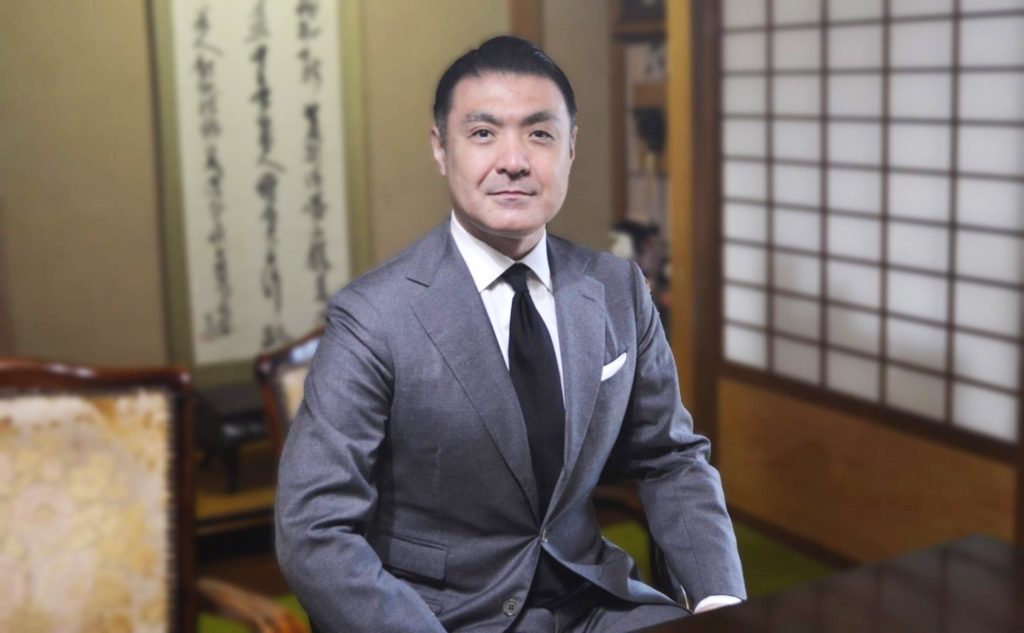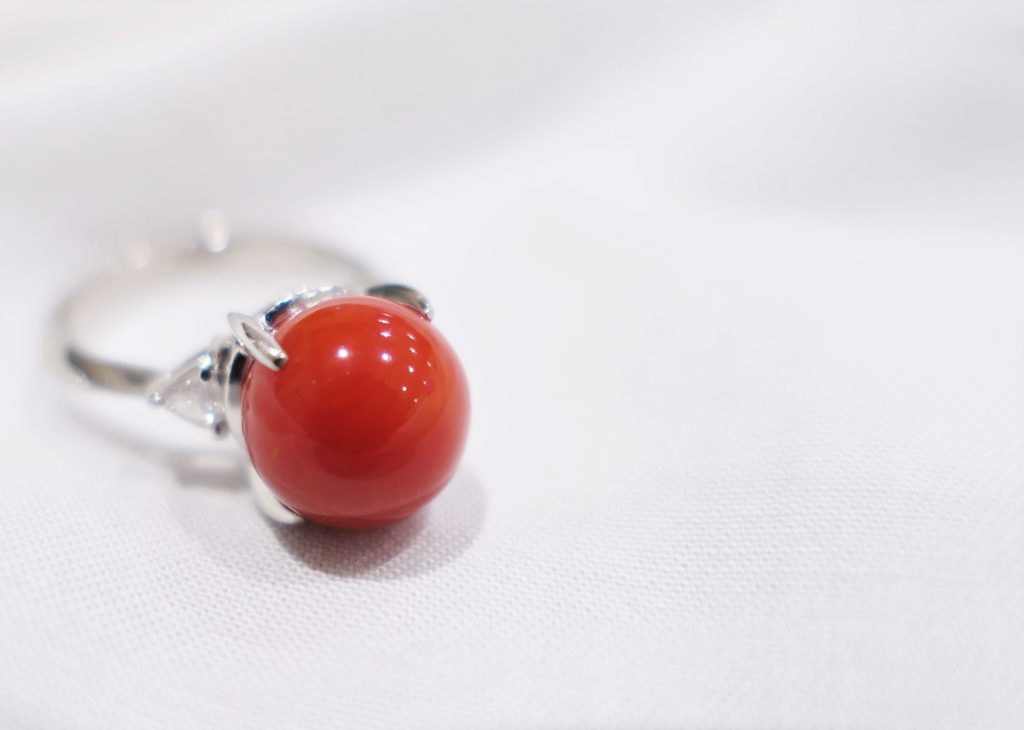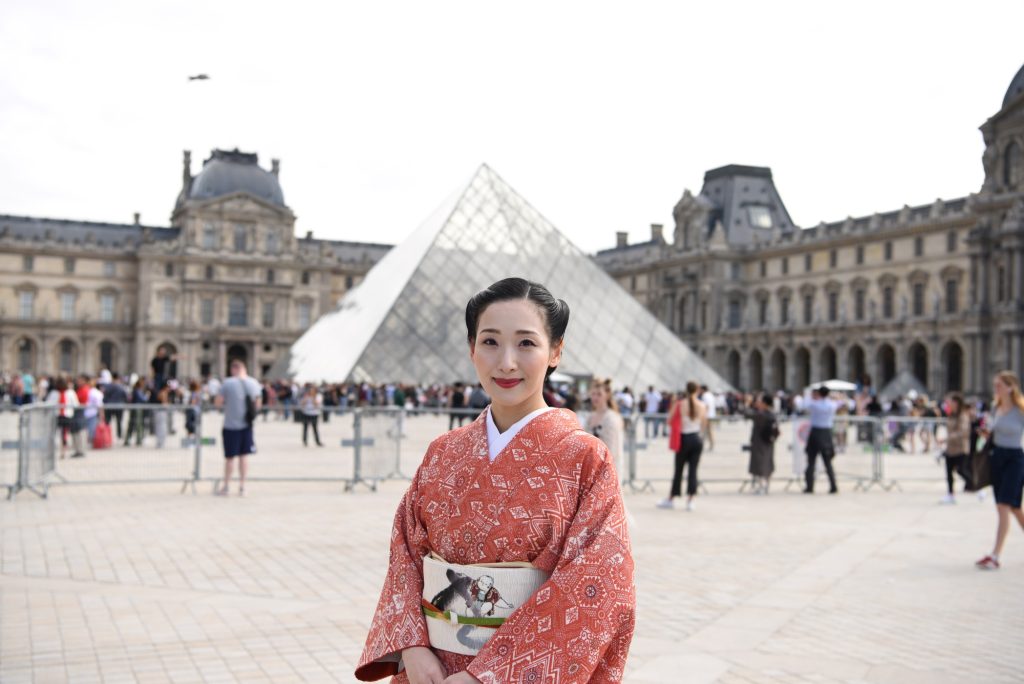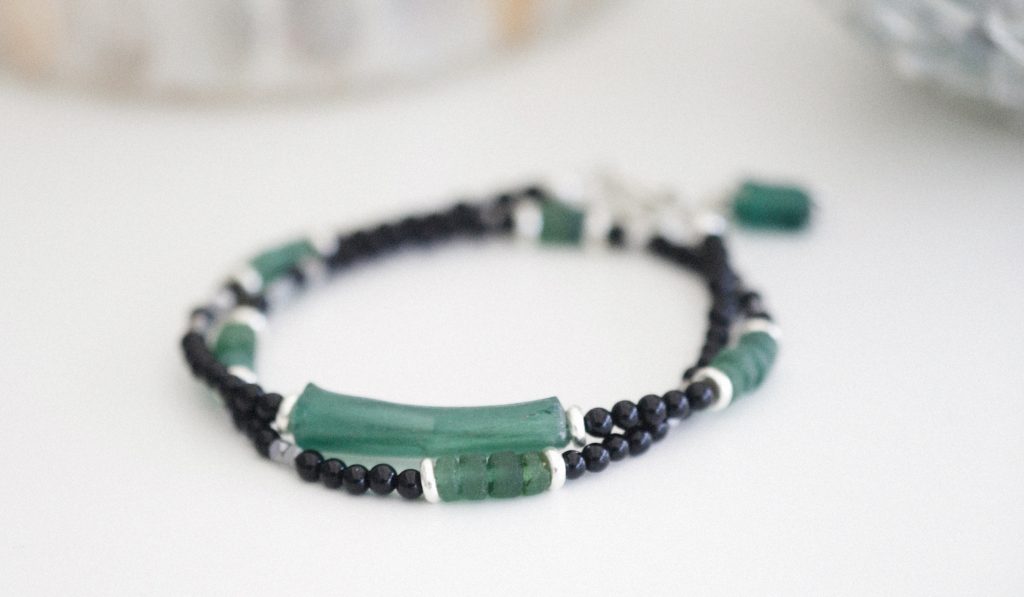Inspired by good old-fashioned western films
Oritayu gives the impression of being one of the foremost fashion leaders in the world of bunraku. He has not been in the habit of window shopping for decades and does not read fashion magazines. “He is a person who likes clothes but is not interested in fashion,” he commented in a Zen-like manner. This shows his policy of not pursuing fashion trends.
“I sometimes look at foreign films from the 50s and 60s and think how cool it would be to match these clothes.” The grey suit with a classical feel is perfect for the tall Oritayu.

Cherishing his handmade suits with great care
Oritayu says: “I wanted to make a proper suit at the end of my twenties and someone introduced me to Mr Sato at Pecola Ginza (ペコラ銀座).” Since then, all suits have been made by tailor Sato Hideaki (佐藤英明).
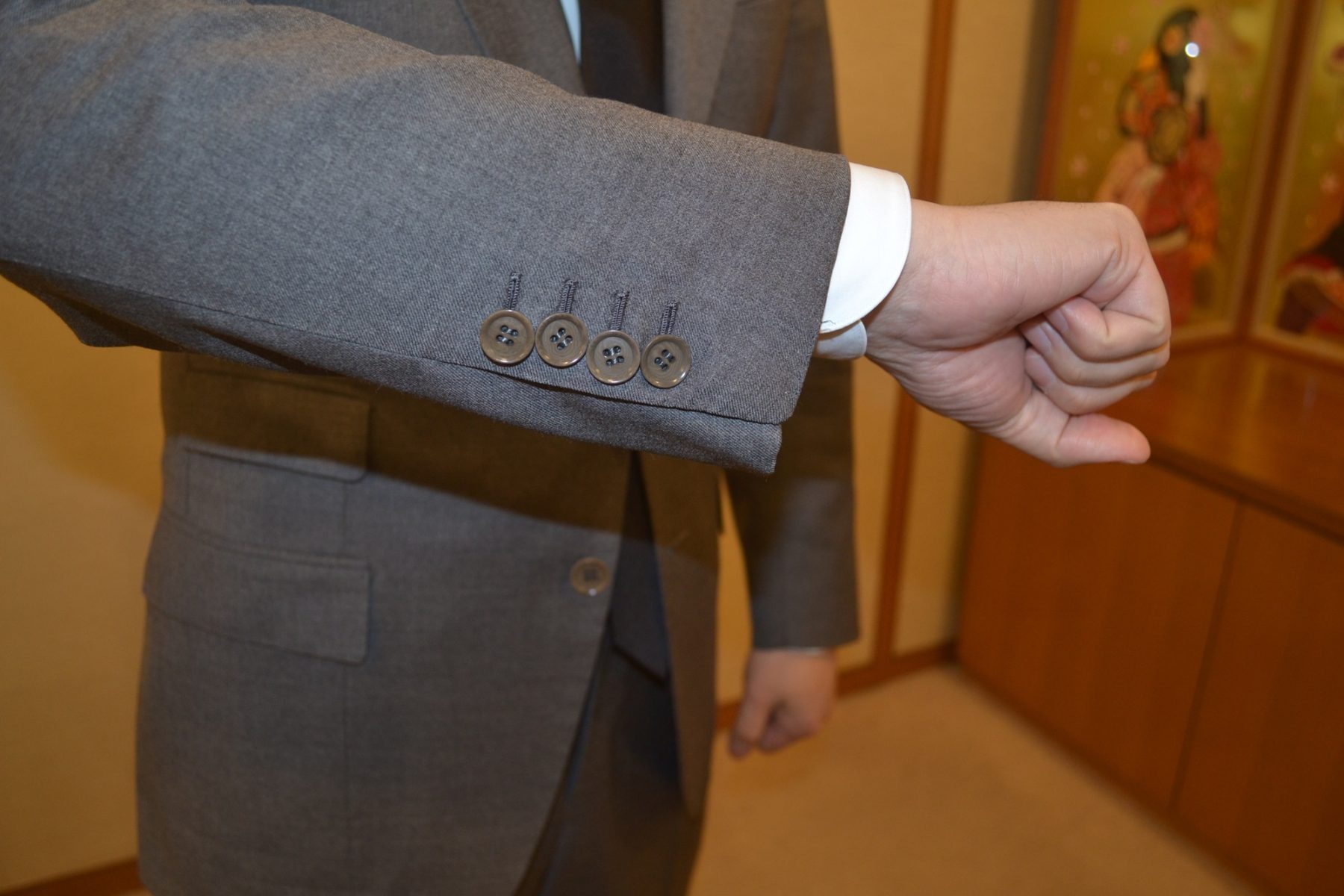
“When the lining of my trousers ripped, I had it repaired with such skill that you couldn’t even tell.” Oritayu’s style is to take good quality suits and wear them carefully for a long time. He also coordinates the ties and shirts that go with his suits, taking advice from Mr Sato.
“The shirts are made by Mr Mandelli in Milan all the time.” The shirts, carefully finished by a skilled shirt maker, cross the ocean to reach Mr Oritayu.
His beloved drawstring bag is also delightful
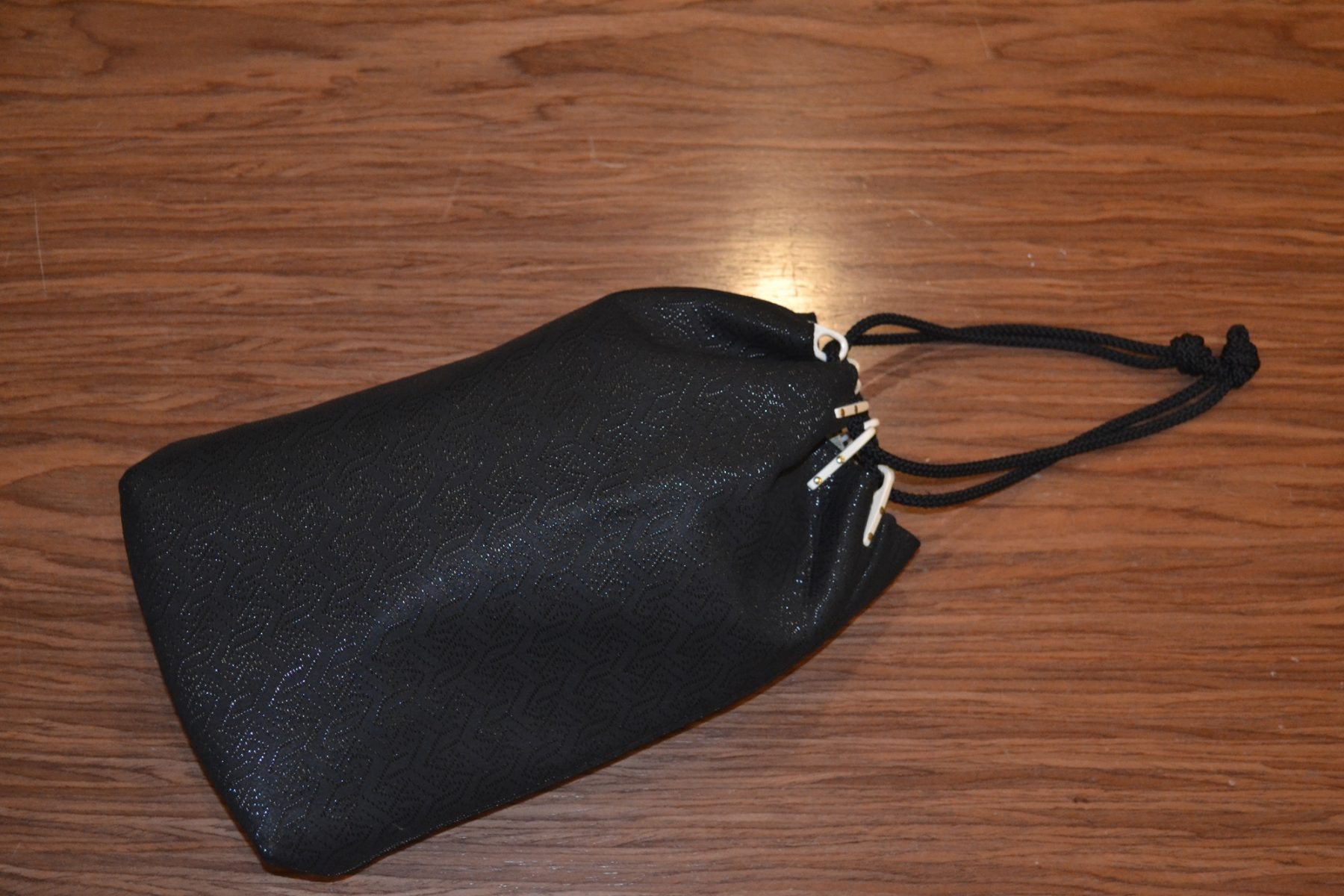
On the day of the tour, the bag in his hand was a Gassaibukuro (合切袋) by Indenya (印傳屋)*1, a traditional craft that uses lacquer to create patterns on deerskin leather. The pattern of Bishamon Kikkoukuzushi (毘沙門亀甲崩し) is raised on a black background. It is said to be a creative pattern of lacquer dots and lines, which decorate the armour of Bishamonten (毘沙門天), one of the
shichifukujin (七福神) of Good Fortune and a bringer of treasures and good fortune.
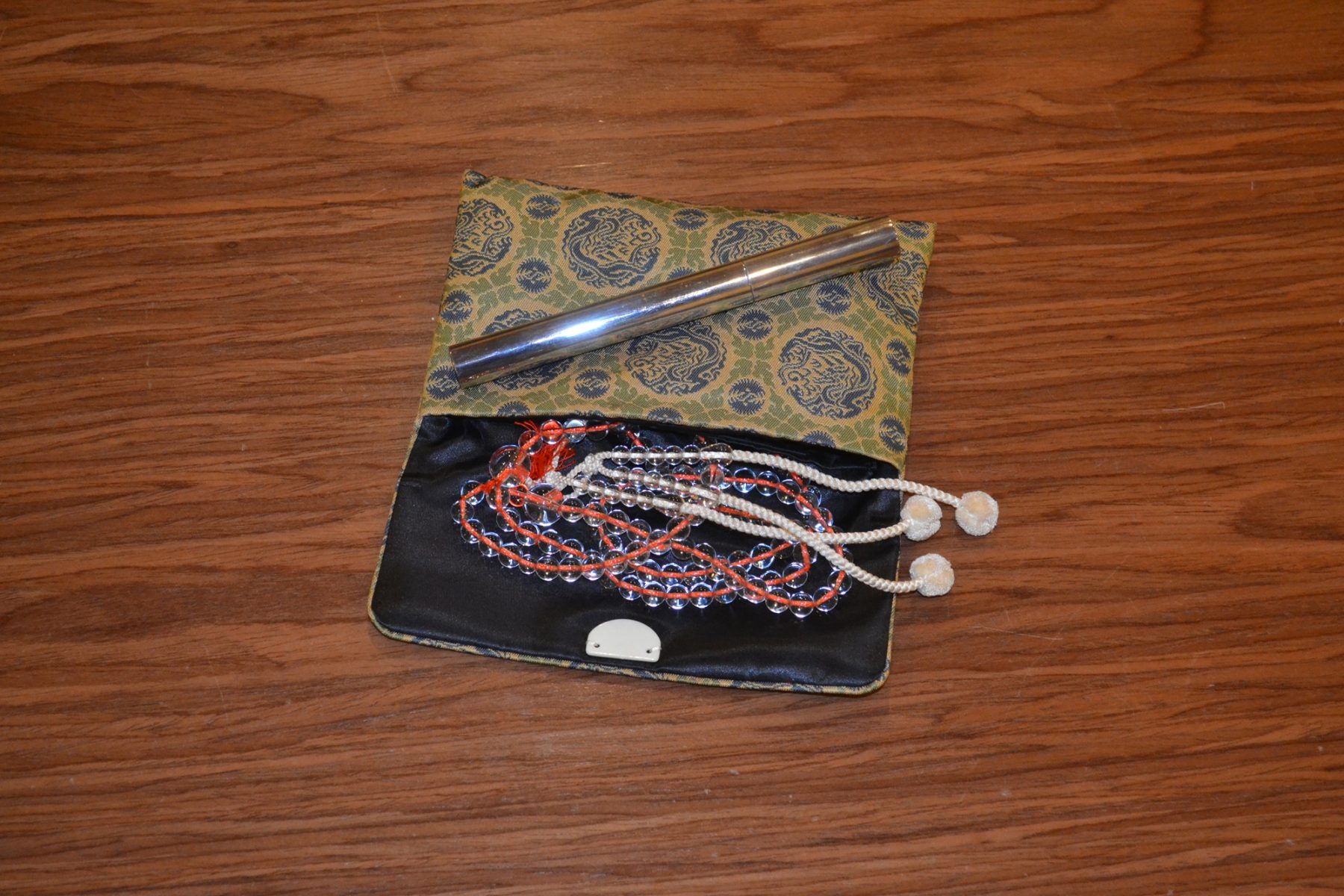
Inside the Gassaibukuro (合切袋) was a bead case made of Tatsumura bijutsu orimono (龍村美術織物)*2. Incense sticks in a silver kouzutsu (香筒, incense container) are also always placed together.
Explained by the editor-in-chief of Waraku web!
Waraku web editor-in-chief Suzuki Fukashi, who has worked for fashion magazines before, was fascinated by Oritayu’s skillful storytelling when he saw his first bunraku performance, and was shocked by the perverse sense of style in her own clothes when she greeted her after the performance. His fashion this time around was also “anything but ordinary!” He was also highly impressed by her fashion this time around. So, with her consent, we asked her to give us an explanation from the perspective of a long-time fashion expert.
“He certainly has very specific tastes. This is a key attribute to have when dressing with style. It’s classy without being constricted within the rules, and it gives a real sense of, I’m here to make a statement! So, lets first dive in to asking her about the overall look.
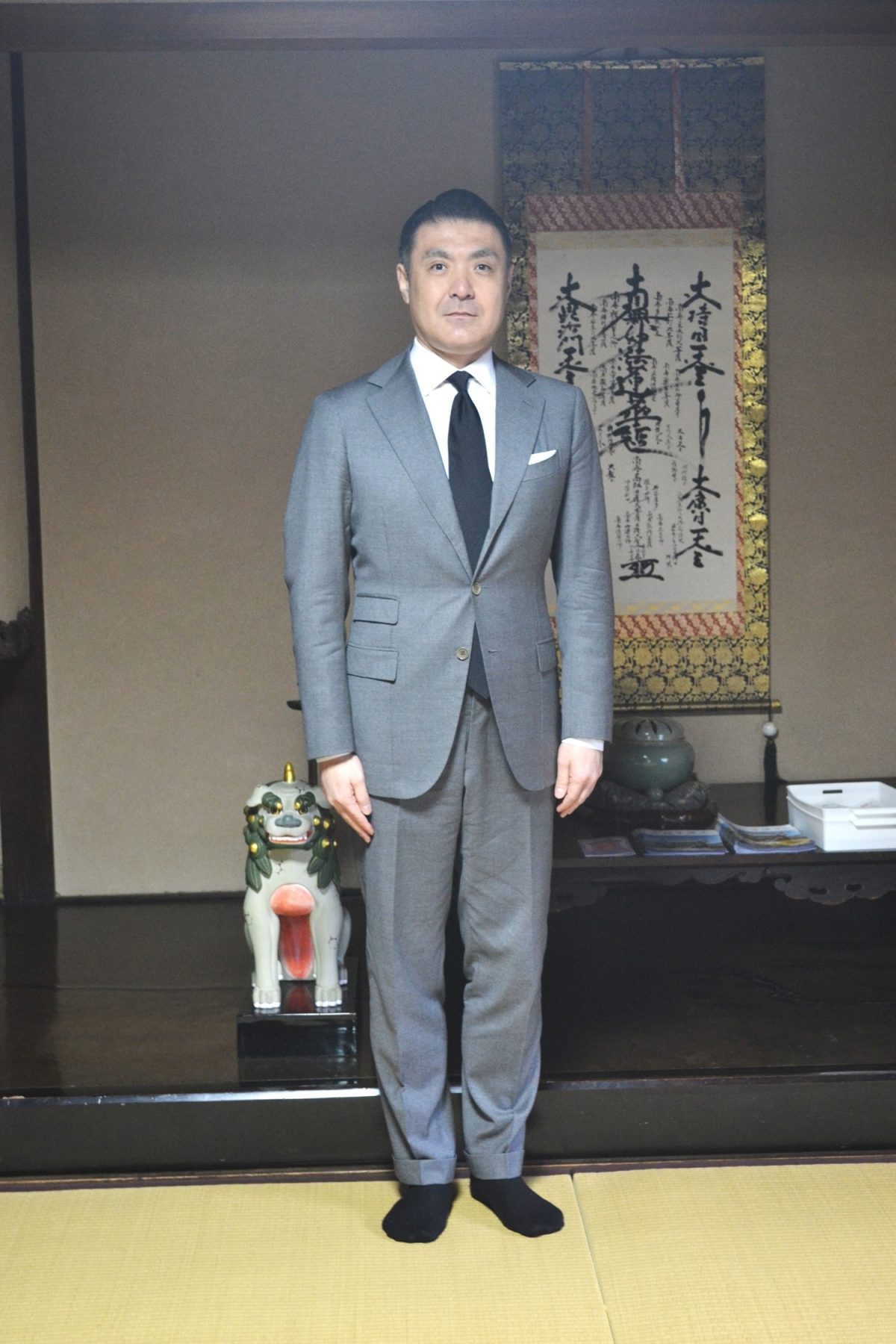
“The overall style is stoic, but with soft details throughout. The upper half of the suit has a Neapolitan style that makes the body look three-dimensional, while the lower half has a Milanese style that makes the body look sleek and neat. At this point, it’s already a free and unconstrained way of dressing. The fabric of the suit, the colour of the shirt (soft white) and the cashmere material of the coat, which is of the highest quality, are all impeccable, but the highlight above all is the beauty of the silhouette. The silhouette of the coat gives the impression that the wearer is not wearing a jacket. Putting together this kind of outfit is difficult even for fashion professionals”. Oritayu’s outfit has come together flawlessly!
When the excited editor-in-chief digs deeper into the suit, he says: “The fabric is not a plain grey, but is woven with slightly different colours in the warp and weft yarns, giving it a nuanced look and feel. And yet it is extremely thin, light and elegant. The buttons are a daring candy-coloured colour that would normally be matched with charcoal-grey buttons. The fact that it is not a conspicuous colour gives it a strong sense of attention to detail. The jacket is Neapolitan style, with a thin core and no heavy padding on the shoulders. The draping of the shoulders and sleeves gives it a soft Neapolitan look, but the silhouette is tightly cinched at the waist. I think this is giving quite a statement here. The high position of the lapel gorges*3 and the three-dimensionally curved barca pockets at the chest are very Neapolitan. It looks like it has two buttons, but in fact it has three buttons with a stepped back*4.
Her infatuated commentary doesn’t stop here. Then, as for the trousers, “The trousers are Milan style. The soft feel of the jacket is uniquely balanced with the daringly slim silhouette of the trousers. The length is a soft one-cushion that slightly hangs over the shoes. The slender silhouette with no tucks and the modest double width give an elegant impression.”
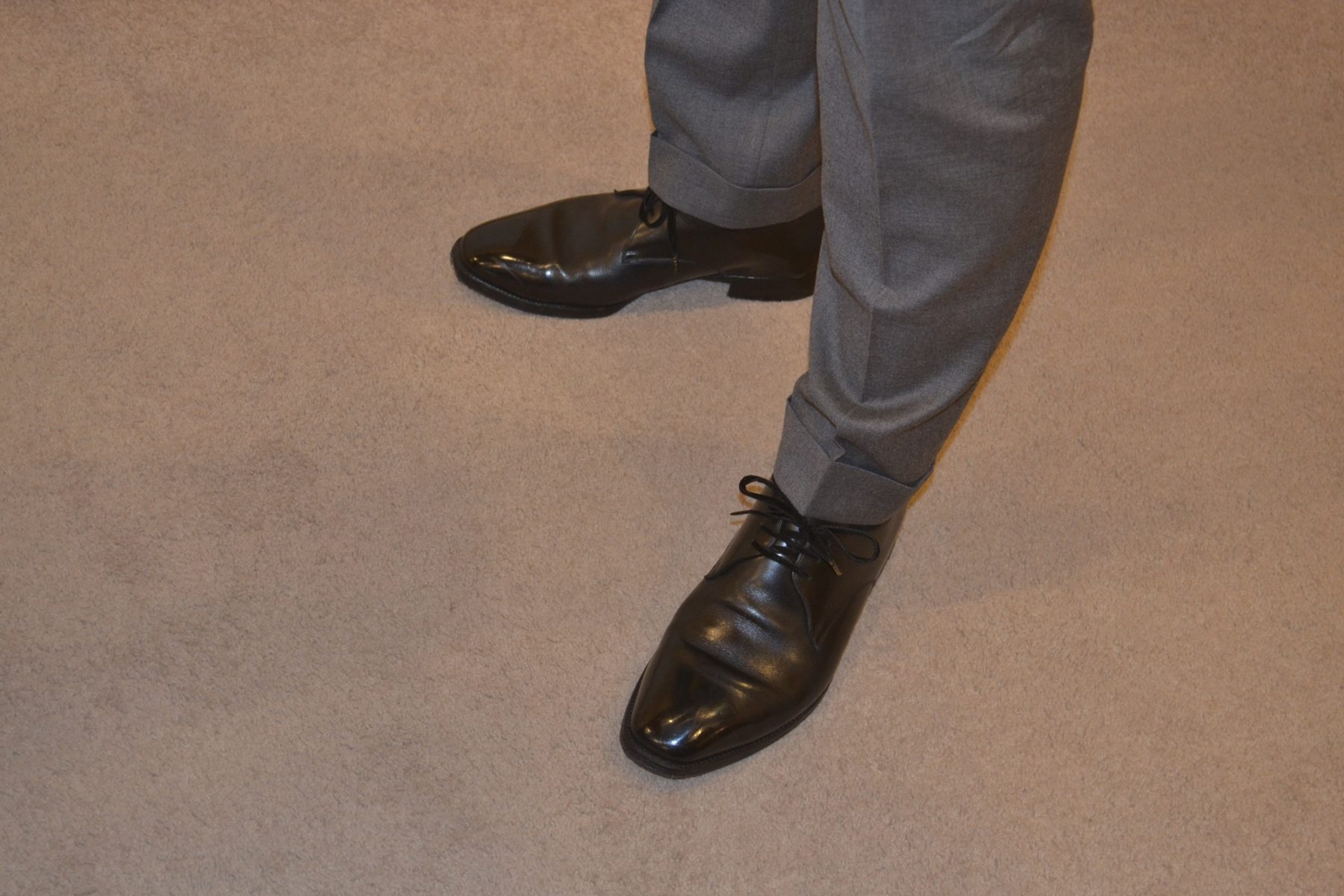
The shoes were made by Hasegawa Yuya of Brift H, with separately made velvet laces, even though they were for a memorial service. He also added a ‘softness’ to the look. Did he balance it with the strings of the bag?” says our intrigued editor in chief. Surprisingly, Mr Oritayu commented, “I only chose these shoes because they are easy to wear. It’s amazing that he is able to impress fashion professionals with his natural look.

The last one is about coats! “This is the finest brand from Naples, Kiton. This one is also definitely bespoke*5. The super classic chesterfield coat looks black, but it’s midnight blue. The material is not crisp wool, but fine cashmere, which again adds to the ‘soft impression’. As mentioned above, the biggest attraction of this outfit is the silhouette. The ability to create such a stunning silhouette even when worn over a suit is a result of good tailoring and the wearer’s own body shape. What is even more impressive is Oritayu’s strong character and commitment to ‘never let a seemingly simple outfit end up plain’!”
We found that Oritayu’s everyday fashion is imbued with a profound policy. He also has a strong preference for casual everyday style, so look forward to the next issue of ‘The philosophy behind dressing in style’.
Interview and text/Kawatani Tokiko
Interview supported by Honkyoji National Bunraku Theatre
Takemoto Oritayu VI Information
Spotify podcast “bunraku no susume: Ori mo Ori tote (文楽のすゝめ オリもオリとて)”
X Bunraku no susume (文楽のすゝめ) official
This article is translated from https://intojapanwaraku.com/fashion-kimono/239606/







